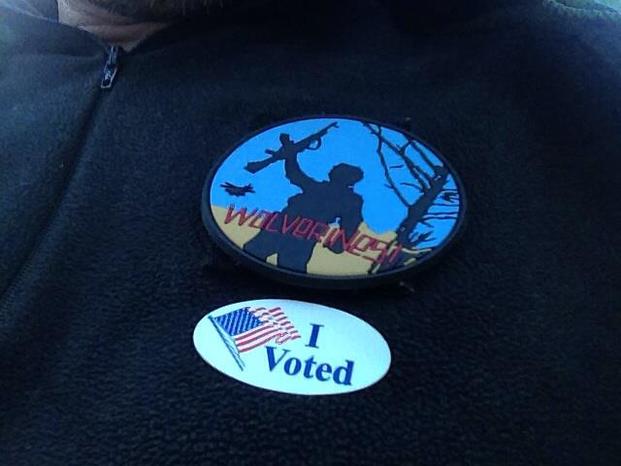This article by Amanda Dolasinski originally appeared on the Military Officers Association of America website
An inside-look at challenges military voters face will be released this summer, according to a discussion Monday during the New Voter Forum hosted by the National Association of Secretaries of State.
A survey, funded by the Democracy Project and conducted by the Military Officers Association of America and the Institute for Veterans and Military Families at Syracuse University, will detail challenges service members said they have while casting votes.
To participate in the study, click here.
The survey, which was discussed during the forum, will identify perceived obstacles and best practices for military family voters.
Amanda Bainton, executive director of the Military Officers Association of America's Military Family Initiative, said the survey results will guide the organizations in their education efforts and provide a tailored curriculum to meet specific needs.
“The goal is to not only increase confidence levels in the absentee voting process an dispel myths, but also increase voter participation with this demographic,” she said.
Since military members frequently move to different duty stations, they must constantly go through the process of registering to vote. On average, a military member who serves a full career of 20 to 30 years could go through the process nearly 15 times, Bainton said.
To vote absentee, service members register and request a ballot with the Federal Post Card Application. Many states allow military members to submit their applications electronically.
Applications can also be sent by mail. That process can be burdensome if a service member is stationed overseas since mail must go through customs.
If a service member doesn't receive a ballot at least 30 days before the election he or she can use the Federal Write-In Absentee Ballot, which is an emergency backup.
In the 2012 presidential election, the rate of active-duty voter participation was slightly lower than civilians, according to the Federal Voting Assistance Program, which assists military families with voting. About 55 percent of active-duty military participated in that election, according to the program.
In 2016, the survey was launched after a campaign to educate military families about absentee voting indicated a lack of knowledge on voting procedures.
Results will be published by MOAA in the summer, well ahead of the November midterm congressional elections. The information will be shared by MOAA's Military Family Initiative representatives with the National Association of Secretaries of State, who set state voting procedures.
“What we found is people do care,” Bainton said. “This community does want more information. So we decided we needed a dedicated study.”
This article Voting absentee: Study targets challenges troops face originally appeared on the Military Officers Association of America website. MOAA is the nation's largest and most influential association of military officers




